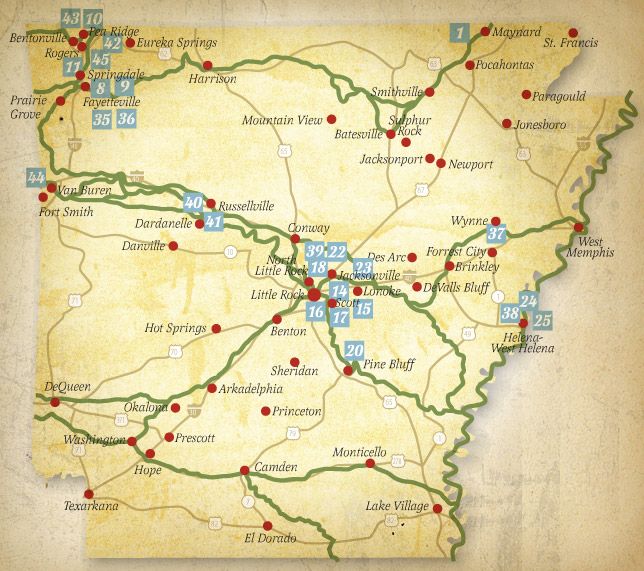By Dr. Curtis Varnell
As neighbors to what was once known as Indian Territory, we are familiar with the “Trail of Tears.” Most of us have heard of the horrible conditions and mistreatment of Native Americans as they were rounded up and herded west from their native homes in the Southeast part of the U.S. Few know the extent to which Arkansas was involved in this journey.
During the ten-year period after the passage of the Indian Removal Act of 1930, it is estimated that 60,000 natives and related groups passed through Arkansas on their way to Oklahoma. Few realize that a part of that trail and a great number of these individuals passed right through the river valley. It was common to place as many of the natives as possible onboard steamboats and travel by river as far west as possible. Because many of the natives owned stock and possessed wealth, the men would travel by land and herd their cattle and horses along roads paralleling the rivers while the elderly, children, and women traveled by steamboat. Either method was difficult and hazardous. Roads were virtually non-existent and the trails that existed often traveled through the swamps and bogs of eastern Arkansas, the product of the huge New Madrid earthquake. One group of women arrived in Little Rock by steamboat only to have a two-week wait while their menfolk waded through the swamplands. The men finally arrived, exhausted, sick from dysentery and malaria, and having lost much of their stock.
The steamboats often ran aground or ran into water too shallow for the weight on board. When that happened, people were offloaded on the bank and either pulled the boat off the sandbar or walked along the bank until deeper water was reached. For a big part of the year, the river was too shallow to allow passage west of Dardanelle or Roseville. When this happened, everyone was offloaded and traveled by trail to Fort Smith and westward on roads parallel to Highway 22 to the south and Highway 64 on the north side of the river.
Dusty Helbling shared a story from one such trip that involved the 1838 diary of Lt. Edward Deas. The steamboat experienced extreme problems traveling west from Dardanelle, constantly running aground and having to be unloaded and pulled over sandbars near Spadra and Horsehead creek. On April 20th, they arrived at Titsworth landing at Roseville and determined the boats could go no further. Like livestock, the boat captain had been paid $5 a head for delivering them upstream from Little Rock. The Indians were given a four-day ration of salt pork and flour, seemingly the non-ending diet provided by the military escort. According to the diary, 16 large and one small wagon were procured to proceed up current highway 288 out of Roseville. Pulled by oxen, the train traveled about six miles on the first day and camped at Point Prairie. The party traveled west using the old military road. Ragged, worn-out and sick Indians stumbled along beside the wagons, seeking the lands they had been promised to the west. An excerpt from the diary on April 26; “Two small children, one a slave, that were sick before setting out on this journey, died this evening. Nothing else of importance occurred through the day.” Death seems a common occurrence. The two were buried on the south bank of Vache Grasse creek on highway 255 near Central City.
Continuing the journey, they passed through present-day Barling, meandered by Central Mall, and used Rogers Avenue to access the river where they crossed into Indian territory.
The River Valley was indeed a part of the nunahi-duna-dlo-hilu-i , the trail where they cried. Beautiful memorials to this tragedy stand at Russellville, Ozark, and along the riverbank in Fort Smith; a testament to the spirit of the people who survived the long journey to a new land and a memorial to those hundreds of poor souls who died along the way.







